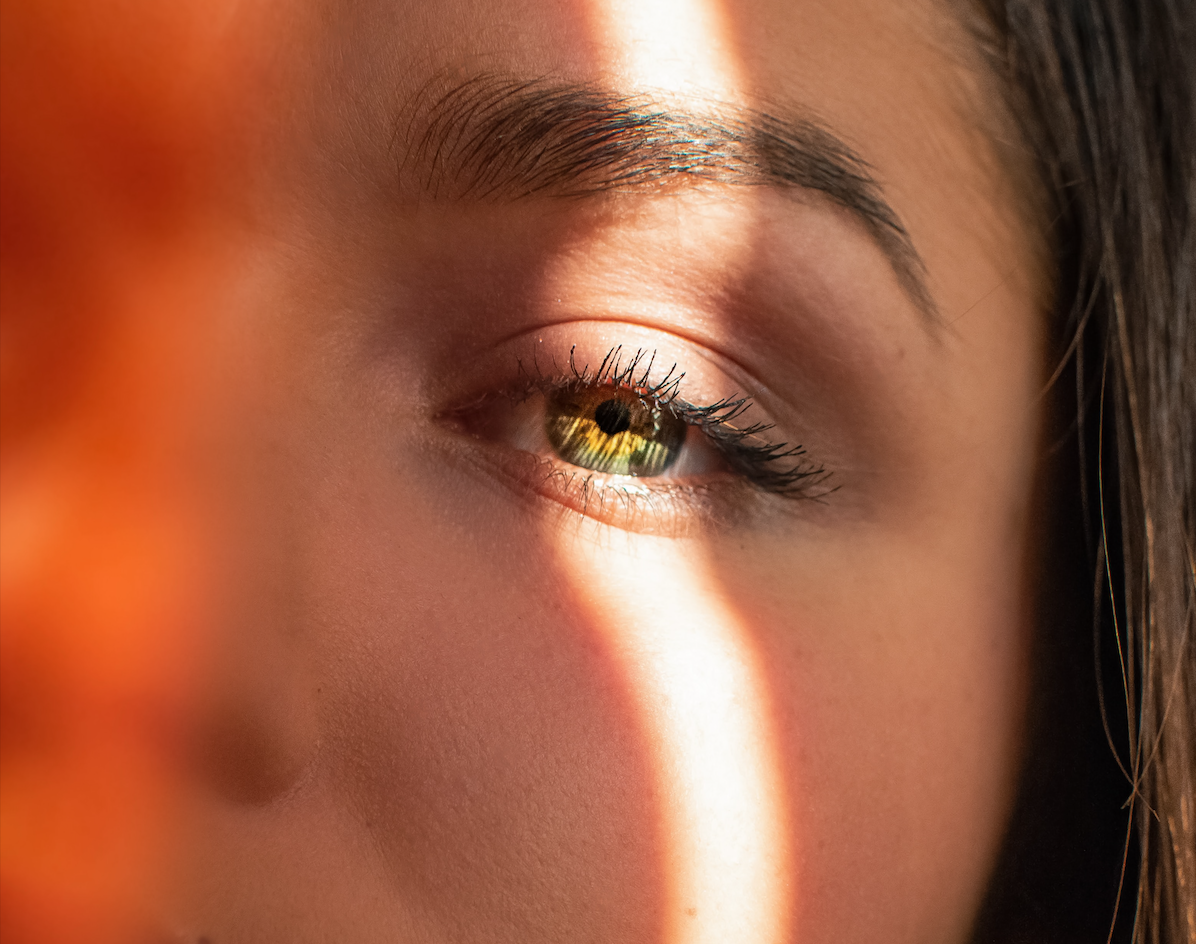Everything you need to know about Fraxel Laser Therapy and how it can improve skin.
Imagine you could take all your skin concerns including hyperpigmentation, acne scars, dullness, fine lines and peel them all away to reveal a new layer of glowing, healthy skin. That is essentially what Fraxel laser therapy does for your skin.

Internationally, Fraxel is a favourite of celebrities including Kim Kardashian, Oprah Winfrey, Courtney Cox and Trinny Woodall.
In Australia, Bec Judd has recently declared herself a champion of Fraxel, as has social media influencer and personal trainer to the stars, Jono Castano, who counts Richard Branson and Rebel Wilson among his clients.
Dr Josh Wall, Medical Director of Contour Clinics, says Fraxel Laser treatment is now among the most popular cosmetic laser procedures; with an increasing number of Australians flocking to fade freckles, melasma and signs of ageing from too much sun exposure.
“Visible signs of UV damage caused during the warmer months can be efficiently reduced this time of year in particular, when Fraxel can kickstart your skin’s inbuilt mechanisms to counter the adverse effects of melanin production,” explains Dr Wall.
“Ever since its introduction, few technological advancements have transformed the beauty and wellness industry quite like Fraxel Laser therapy. It really is a game-changer but for optimal results, it’s imperative that the treatment is performed by a qualified clinician.
“We use the Fraxel Dual Laser at Contour Clinics. It features two lasers with different wavelengths in one device. One targets pigmentation and sun damage, while the other goes deeper to target wrinkles, texture, and acne scarring,” he adds.
And, according to Dr. Elyse Love, Fraxel is one of the most trusted laser treatments for coloured skin because the clinician can specialise in the laser for the best results saying: “One Fraxel treatment can deliver more dramatic reversal of fine lines, wrinkles, and sunspots than multiple [sessions of other laser treatments], but there is a significantly higher risk of post-inflammatory hyperpigmentation,”
What is Fraxel and How Does It Work?
Fraxel is a non-invasive resurfacing laser treatment designed to help reduce hyperpigmentation, dark spots, treat blemishes and improve overall skin texture, tone and look.
It penetrates deep within the skin, targeting sun damage and aging to breathe new life into skin cells and can be a completely transformative, anti-aging and skin-repairing treatment. But it is intense and might not be for everyone.
It does this by focusing on a fraction of skin at a time to give focused results.
Related Story: How Fraxel Can Work for You as a Skincare Treatment
A Fraxel Laser treatment typically takes only 15-30 minutes to rejuvenate the skin. This procedure works by inducing micro-damage under carefully controlled conditions, stimulating the skin’s innate ability to produce collagen and elastin.
The treatment effectively initiates the skin’s inherent healing mechanisms while ensuring a brief recovery period. It is widely considered an incredibly effective treatment, yet it is important to understand the treatment first because it can be intense.
Treatments are personalised to specific skin types. For example, skin with more melanin require different laser wavelengths to avoid discolouration.
Skin preparation prior and post any Fraxel therapy is a must. Its recommended to avoid too much sun exposure for at least four weeks prior, whilst chemical peels and other exfoliating treatments should be avoided for two weeks prior and post treatment as well.

It is important to skip any topical treatments that can irritate the skin (like retinoids, glycolic acid and salicylic acid) ten days before the appointment. Doing this will see the best results. It’s also recommended, that should skin break out with acne, a fraxel appointment needs to be reschedules when the breakout subsides.
The treatment itself can cause minor discomfort for some as the lasers are hot on the skin, however they are softened with constant cooling air.
Numbing cream is also used to help make the session more comfortable.
Expect skin to look sunburnt after treatment, and always follow the advice of the skin care specialist to ensure the best possible skincare after treatment.
After treatment, skin may also feel like it has a mild sunburn. To help manage this, it’s recommended to be gentle with the skin, as it may swell.
Expect some skin peeling over the initial days as well, as the surface skin cells begin to dry and fall off to leave a smooth complexion underneath.
Try using a cooling pack or ice roller on the face to help keep the skin cool after treatment to assist with inflammation.
Products which include aloe vera in their ingredients may also help. Use gentle cleansers once a day at most, apply lots of moisturiser (consider slugging), avoid the sun at all costs, and wear sunscreen.

